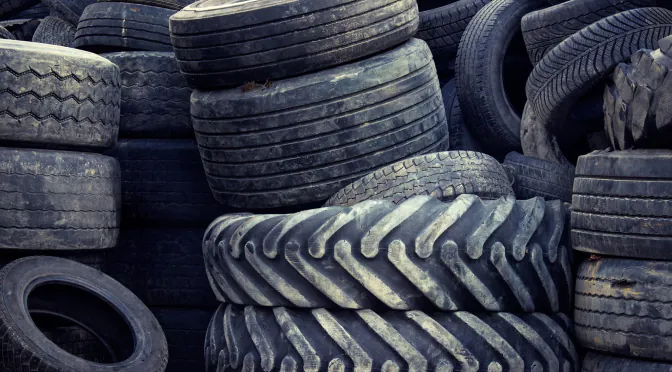The global automotive sector is a success story in the making. With growing economic prosperity, rising living standards and overdue relief from poverty, the growth rate pertaining to the production and sales of vehicles has been spectacular. The worldwide annual manufacturing of automobiles has increased tenfold, while the population on the road has quintupled. As per a recent research initiative, global automobile sales will rise by 3.6% in 2018, and attain the milestone of over 80 million vehicles sold worldwide. Consequently, the waste is piling up too and automotive waste management is graduating into an indispensable speciality in the global auto industry.
Budding symbiosis- automotive industry and waste management
The world’s rising automotive production output, while gratifying, comes at a price to the community with regards to the high energy usage and increase in harmful emissions and waste materials. Waste, specifically automotive waste, is an ever-growing concern all over the world. For manufacturers in the automotive industry, reducing the environmental impact of the production process and recycling and reusing of end-of-life vehicles (ELVs) are now priority tasks.
As newer vehicles appear in the market, older cars reaching the end of their functional lives need to be scrapped. This must be responsibly managed with an intent to reduce environmental pollution and recover useful materials, particularly metals. Automobiles are one of the most recyclable engineered products, offering recovery rates of up to 90%. A typical commercial car includes approximately 65% of high-grade steel, 7- 8% of aluminum, and some other reusable material including copper, noble metals, plastics and rubber.
Waste to revenue streams- the auto industry’s changing attitude to waste management
There are several approaches in the automotive waste management space that can turn waste into something lucrative, including strategies such as ‘circular economy.’ The latter is one of the most comprehensive strategies that automakers utilize for automotive waste recycling and to improve their profit margins. This is achieved by keeping the firm’s resources in-house for as long as possible, extracting the maximum value from them while in use, followed by the recovery of materials and products at the end of each service life.
Today, automotive companies adopt efficient recycling methods and use materials that can maintain their quality throughout the extraction process. One of the most impactful approaches that automotive companies use is closed-loop recycling, which enables a product to be self-recycled. Companies organize programs that proactively collect end-of-life vehicles from owners and end-users. As per the World Economic Forum, this method of recycling automotive waste reduces energy use by as much as 75%, which translates into huge cost savings in the manufacturing process.
Waste management in the automotive industry recovers a large amount of steel from end-of-life vehicles while reducing the need for the harmful process of refining iron ore using coal to create steel. In a nutshell, recycling steel uses less energy when compared to the energy it takes to produce new steel from scratch. Every year, the steel industry recycles over 14 million tons of steel from ELVs, the equivalent of 13 million trucks and cars.
The future is all about advanced automotive waste management
The environmental initiatives in the automotive sector have an upward curve that can serve as a lesson for other industries. At first, automotive waste management initiatives were confined to just production processes; then they expanded to supply chains, non-manufacturing facilities, product performances and now to more responsible final disposal. Indeed, automobile manufacturers are moving away from being reactive to being proactive.
The secret to success for automotive waste management initiatives in emerging global economies is their individual potential to aggregate waste flows into significant volumes around which automotive businesses can be developed. Further, the recipe also includes the ability to establish supply chains professionally and with high levels of operational efficiency alongside societal and environmental effectiveness.



